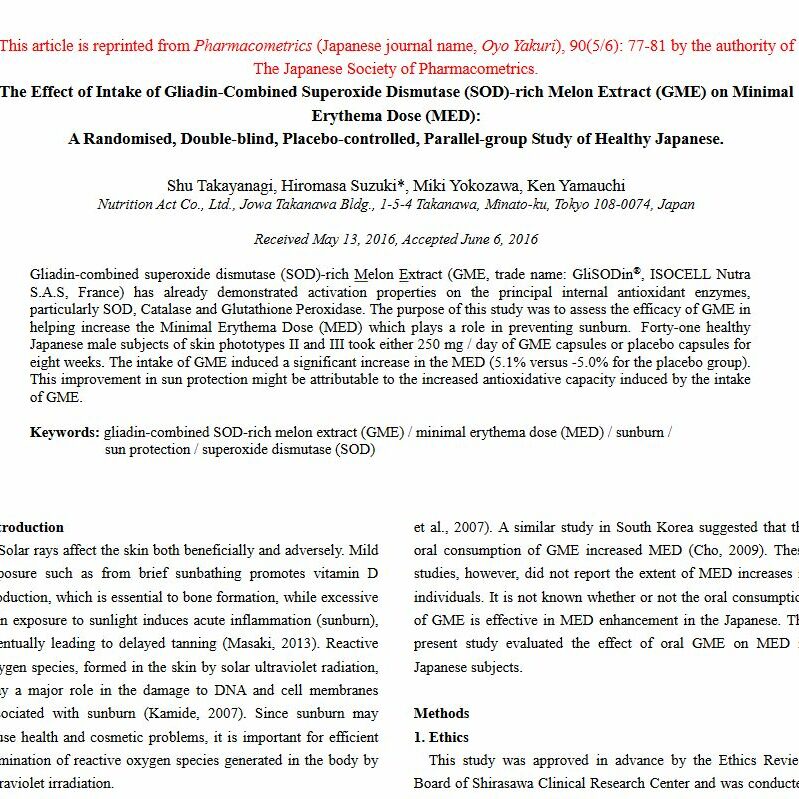
Authors: Nadine Pomarede and Meera cnenaremouti
- Date: 2009
Abstract
The skin is the body’s largest organ and its first line of defense. It protects against a variety of harmful pathogens and environmental factors such as UV radiation, air pollution, and extreme temperatures. Every square inch of skin contains approximately 20 blood vessels, 60,000 melanocytes (which provide pigmentation and guard against UV radiation), 650 sweat glands, and thousands of nerve endings. In order to preserve its effectiveness, the skin is sustained endogenously (protected from within) through an oxidant-antioxidant balance. Oxidation reactions are crucial factors in many metabolic processes; however, an excess of certain oxidants, classified as reactive oxygen species (ROS), can cause cell death and oxidative stress. Oxidative stress in tum induces cardiovascular disease, inflammation, and cancer, in addition to extensive skin damage. Endogenous and exogenous antioxidants, which inhibit oxidative stress, function to counter these effects in the body.
Examples of endogenous, enzymatic antioxidants include: superoxide dismutase (SOD), catalase (CAT), and glutathione peroxidase (GPx). SOD’s role in maintaining the oxidant-antioxidant balance in the body, thus protecting the body against harmful free radicals, was first determined in 1968. Since then, numerous studies into the benefits of SOD’s interactions with the free radical superoxide anion (02- ) have been conducted. SOD is essential in halting the proliferation of free radicals and in triggering the further antioxidant activity of CAT and GPx. Excess free radical production can be triggered by a variety of external factors, each of which effectively disrupts the oxidant-antioxidant balance in the body.
These factors include: aging, exposure to UV radiation, smoking, highintensity exercise, and pollution. Under such conditions, the body will experience oxidative stress.
Nutritional supplements may be effective in increasing the production of endogenous antioxidants. One compound, GliSODin, has been shown to promote bioactive SOD, CAT, and GPx levels via oral supplementation. Studies have been performed on both humans and animals to demonstrate GliSODin’s role in theintenance of antioxidant levels, protection against inflammation, and overall skin health. In helping to preserve the oxidant-antioxidant balance, GliSODin protects the skin and body from the ill effects of oxidative stress. Other supplements that provide the body extra amounts of the building blocks it requires to make these natural antioxidants, such as manganese, zinc, copper, and selenium, may also be an effective way to increase their presence in the body.
Categories: 7. Skin health & UV protection, Scientific studies
Share this post












